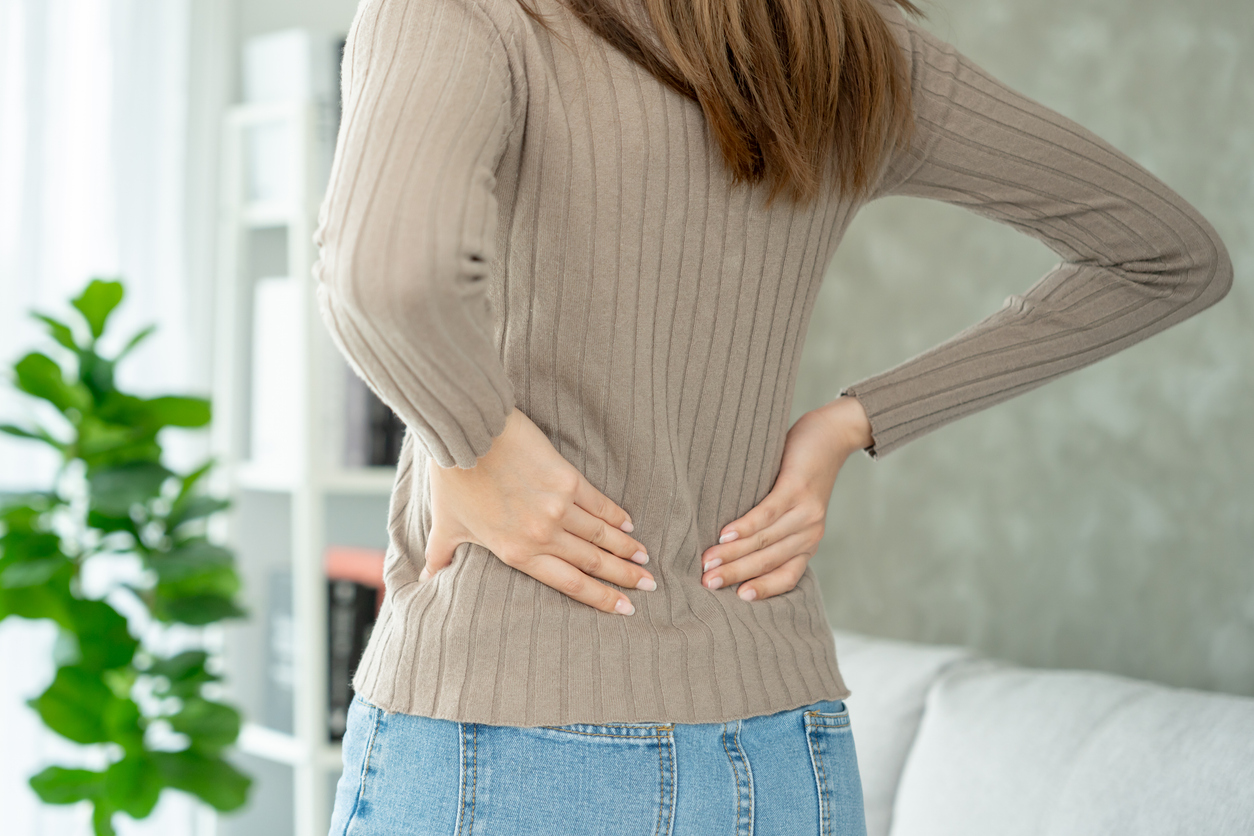Herniated Disk
A herniated disk is sometimes called a ruptured disk or a slipped disk. By any name, it can be quite uncomfortable, causing back, neck or leg pain.
We have the expertise and experience to diagnose and treat this common spinal condition.
What Is a Herniated Disk?
Your spine includes several bones, known as vertebrae. Between them, disks cushion the bones and serve as shock absorbers. The disks also allow for movement along your spine.
Spinal disks are sometimes described as jelly donuts. They have a tough exterior but a softer, fluid-like center. A herniated disk occurs when the “jelly” pushes out of the center through a tear in the outside of the disk. This bulge may put pressure on a nerve, leading to pain.
Lumbar herniated disks in your lower back are the most common type of herniated disk. However, herniated disks can occur anywhere along your spine.
What Are the Symptoms of a Herniated Disk?
Some people with a herniated disk may not realize they have one. Others may experience a wide range of symptoms. Specific symptoms depend on the location of the herniated disk and whether it’s putting pressure on a nerve. These symptoms may include:
- Arm or leg pain
- Back pain
- Increased discomfort when you lift something, move in certain positions, cough or sneeze
- Limited range of movement in your back
- Numbness or tingling
- Weakness
What Causes a Herniated Disk?
The natural wear and tear that occurs with aging is the most common cause of herniated disks. Sometimes, lifting something heavy using your back instead of your legs can lead to a herniated disk.
Several factors can increase your risk, including:
- Excess body weight
- Genetics
- Repetitive lifting, pushing, pulling, bending or twisting
How Is a Herniated Disk Diagnosed?
Our providers will do a complete physical examination and check your back for pain and tenderness to make a diagnosis. Typically, they need to order imaging tests, such as X-rays, an MRI or a CT scan, only if they have questions or concerns about the source of your pain.
How Is a Herniated Disk Treated?
Often, herniated disks heal on their own. Avoiding activities that aggravate your symptoms may be helpful.
Sometimes, however, providers recommend simple treatments to help ease your discomfort. These may include:
We’re Right Here to Help
With unmatched experience in diagnosing and treating spine pain, your condition will be carefully evaluated by the team of experts at the Spine Center as we work with you to develop a customized treatment plan. Highly skilled and caring providers, plus state-of-the-art technology and treatments, means you’re at the right place for exceptional patient care.
Affiliations with OrthoCincy Orthopaedics & Sports Medicine and Mayfield Brain & Spine ensure you receive the highest possible level of spine care.


